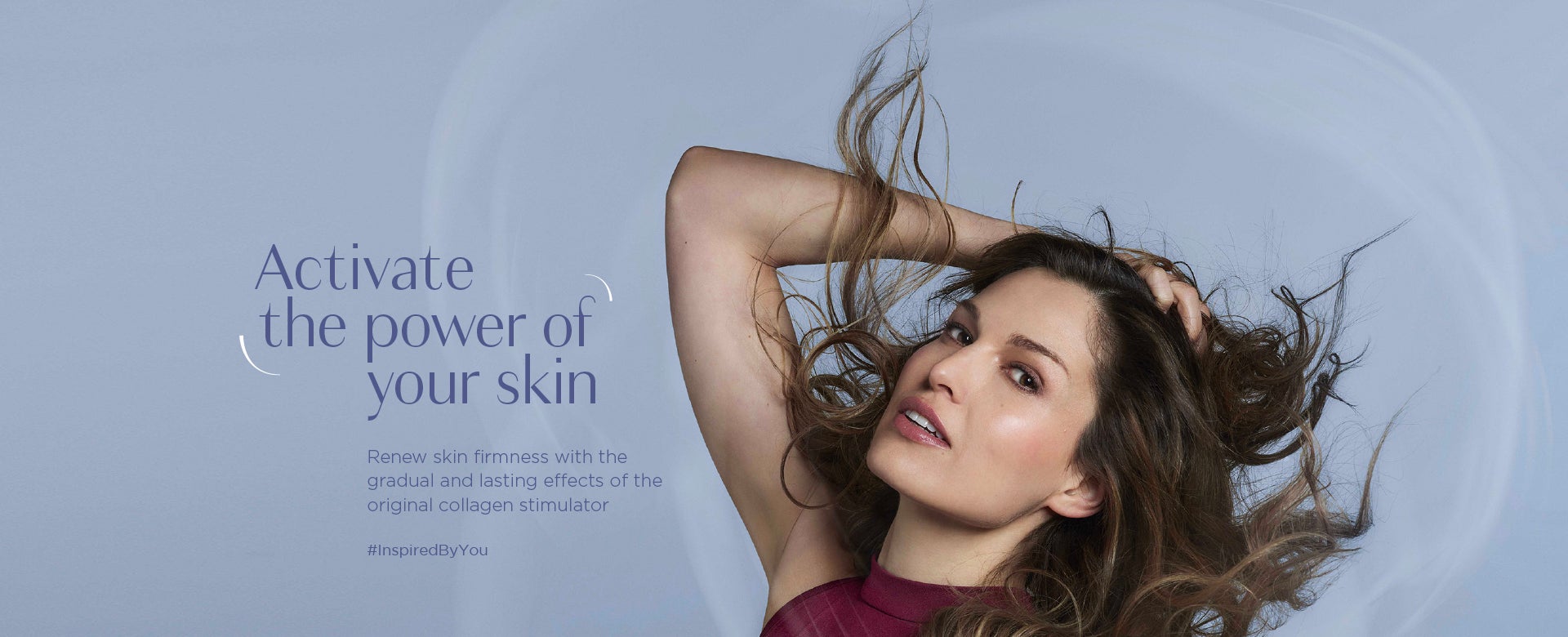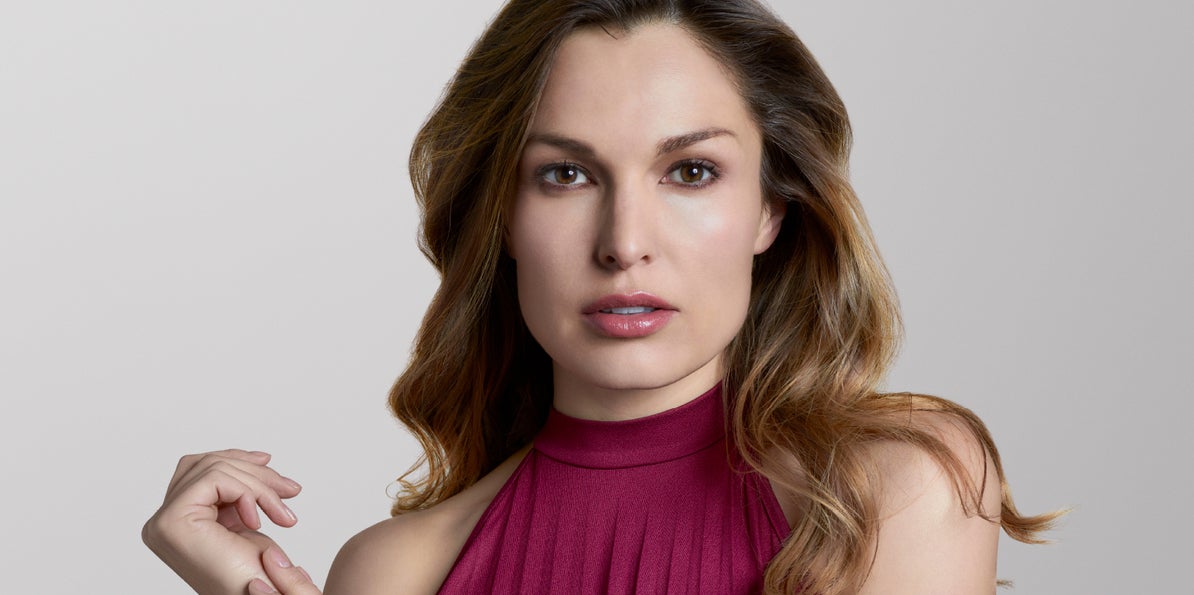
Your Sculptra treatment
Sculptra renews the skin by improving the appearance of wrinkles up to 25 months after last treatment1. Before you have your first treatment with Sculptra, you will always have a consultation. Think through what you want to achieve and what questions you may want to ask your healthcare practitioner. We warmly recommend you to read through our Q&A section below to find out more about treatments with Sculptra.
Treatment areas
Sculptra increases skin volume and firmness and reduces the appearance of wrinkles.2


IMAGENS ILUSTRATIVAS
What to ask your practitioner
Here are a few questions that we recommend you ask your healthcare practitioner:
• Is Sculptra the right product for me?
• How does Sculptra work?
• What happens during the treatment?
• How many treatments do you think I would need?
• When can I expect to see results?
• How long will the results last?
• What are the possible side effects with Sculptra?
• Are there any ingredients in Sculptra that I may be allergic to?
• Could my medical history or previous treatments affect or prevent treatment?
• Is there anything I should do before and after treatment?
Any other question you may have.
You will also find detailed information about treatment with Sculptra in our FAQ section below.
FREQUENTLY ASKED QUESTIONS
How should I prepare before my consultation?
Before your first treatment you will always have a consultation. Think through what you want to achieve and any questions that you want to ask your healthcare practitioner. You will be informed about how Sculptra works and how it can be used in a safe way to improve your skin’s firmness by stimulating your body’s own collagen production.
Your healthcare practitioner will also ask you about your medical history. After the consultation you should feel well informed about Sculptra and know what results to expect.
What should I think about when choosing a clinic?
Make sure that the clinic has a qualified practitioner(s) so that your treatment will be performed correctly. You could always search in national registers of licensed aesthetic treatment specialists. Your treatment should be performed in a medical environment that provides privacy and is spotlessly clean. You can always request to see training certificates and insurance certificates to ensure that your healthcare practitioner has received the appropriate training and is insured for the treatment.
Who can inject Sculptra?
Specialists who have been trained to inject Sculptra for natural collagen stimulation, and are licensed to practice within your country or state, may administer the treatment. This can include physician assistants, nurse practitioners, registered nurses and other trained personnel.
What should I expect from my chosen healthcare practitioner?
Your healthcare practitioner should provide you with comprehensive information about how Sculptra can stimulate the formation of collagen in a natural way and give you a detailed explanation regarding your treatment.
This is what you should expect:
• Information about the possibilities and limitations of the treatment
• Information about possible side effects and precautions for treatment
• Information about the cost of the treatment and follow-up treatments
• That your questions are answered to your full satisfaction
Which areas does Sculptra treat?
Sculptra is injected to correct shallow to deep wrinkles and folds, by stimulating the skin’s own collagen production. Administered with the appropriate injection technique from a trained specialist, Sculptra is clinically approved for:
• Deep folds between the nose and mouth (nasolabial folds), also called “smile lines”
• Lines framing the mouth (marionette lines)
• Chin wrinkles
Please note that indications vary between countries. Please consult your healthcare practitioner for more information.
How many treatments are required?
On average, a series of three treatment sessions over the course of a few months may be needed. The number of injections at each session will vary, depending on the degree of correction needed and the treatment plan determined by you and your healthcare practitioner.
Skin insights
REFERENCES
1 Narins RS et al. J Am Acad Dermatol 2010;62(3):448–62.; Brandt FS et al. Aesthet Surg J 2011;31(5):521–8.
2 Nelson L and Stewart KJ. J Plast Reconstr Aesthet Surg 2012;65(4):439–47.; Moyle GJ et al. HIV Med 2004;5(2):82–7.; Mest DR and Humble G. Dermatol Surg 2006;32(11): 1336–45.; Valantin MA et al. AIDS 2003;17(17):2471–7.; Narins RS et al. J Am Acad Dermatol 2010;62(3):448–62.; Brandt FS et al. Aesthet Surg J 2011;31(5):521–8.
